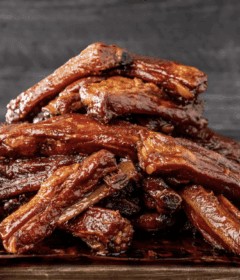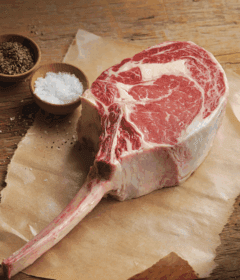Types of Crab to Eat
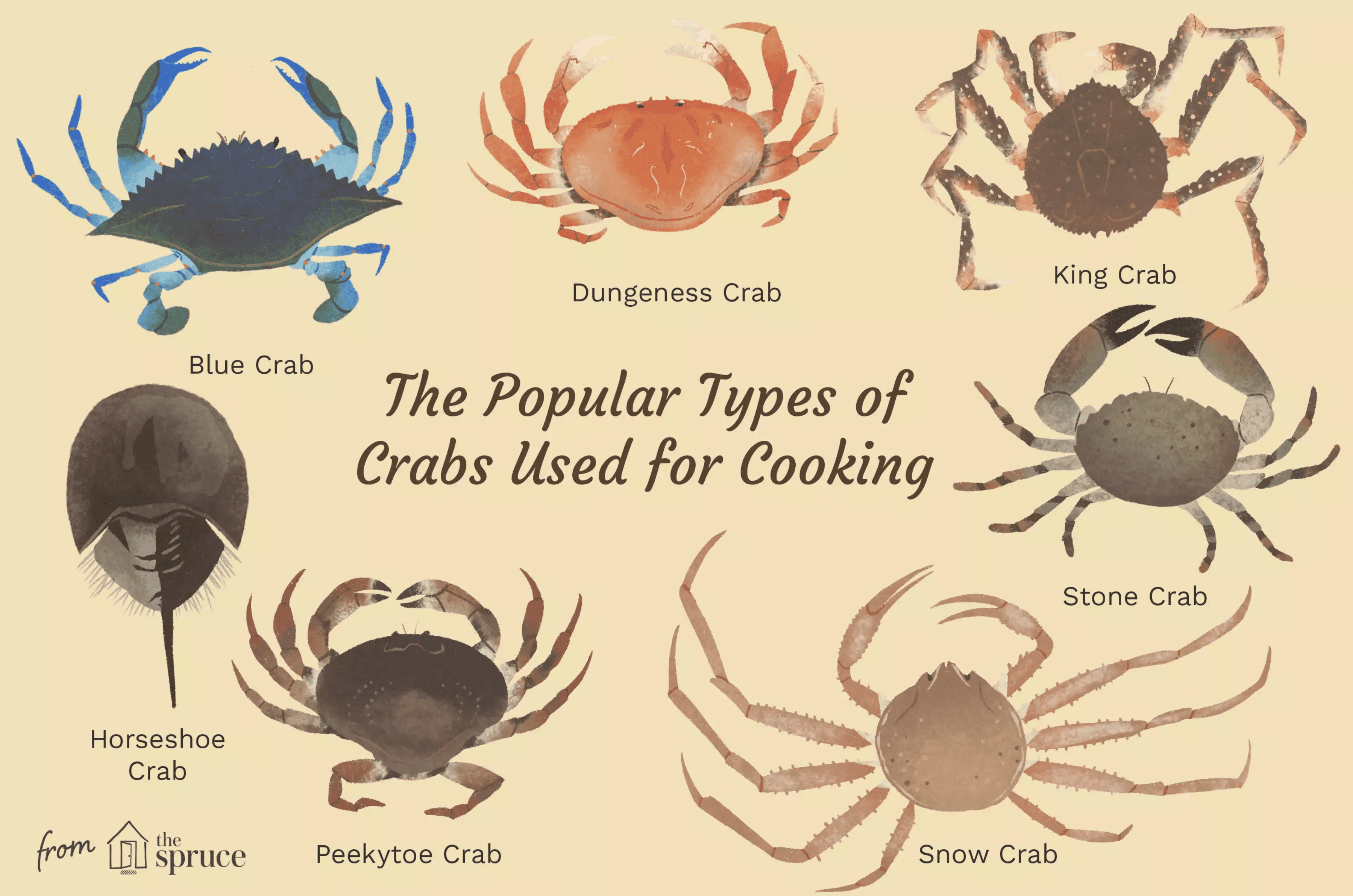
Crabs are decapod crustaceans of the infraorder Brachyura, which typically have a very short projecting “tail”, usually hidden entirely under the thorax. They live in all the world’s oceans, in fresh water, and on land, are generally covered with a thick exoskeleton and have a single pair of pincers.
There are several species of crab that are commercially important in the United States. These include King and Snow crab caught in Alaska, Dungeness crab caught along the West coast and Alaska, and Blue crab caught along much of the Eastern seaboard and the Gulf of Mexico. Total commercial landings of all crab species in the United States over the past decade have ranged from 275 to 350 million pounds per year with an annual dockside value between 400 and 550 million dollars.
The blue crab fishery is the largest crab fishery in the United States with over 150 million pounds landed on average with a value of over $200 million in 2010. Dungeness crab is the second largest crab fishery with an average of 60 million pounds caught and a total value of almost $140 million in 2010. Dungeness crabs are caught along much of the U.S. Pacific coast and a large portion of the catch is from Oregon and is the state’s most valuable single-species fishery. King and snow crabs are highly valued commercial species mainly caught in Alaska.
Fresh and frozen whole crabs, sections or legs, and frozen, pasteurized or canned crab meat is also imported into the U.S. from many different countries around the world. For most of the past decade, between 150 and 200 million pounds of crabs, 15 to 30 million pounds of frozen or pasteurized crab meat, and 50 to 70 million pounds of canned crab meat were imported annually.
More on Food >>
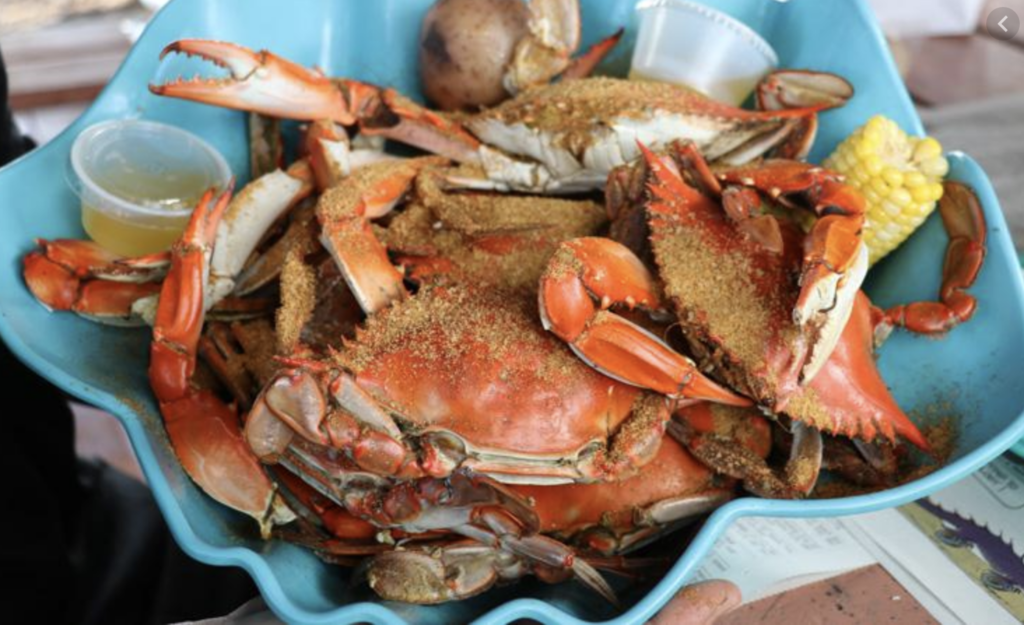
Blue Crab
Its Latin name, Calinectes sapidus, means “beautiful swimmer,” and it is indeed a beautiful blue-green color. The most prolific species on the east coast of the U.S., they range in size from 3.5 – 5.5 inches or more on the market. Though their blue color is their most common identifying feature, these crabs do turn the traditional reddish color when cooked.

Dungeness Crab
Latin name Cancer magister, Dungeness crab is found in coastal waters from Alaska to Baja, Mexico. This large crab usually weighs in from 1.75- 4 pounds and is brown to purple in color. It is named for the former small town of Dungeness on the Olympic Peninsula in Washington state, which first began commercially harvesting the delicacy. State law requires the crab to be at least 6.25 inches long to be harvested, and only males can be taken. Prime season is in the winter months. The pink flesh is succulent and sweet.

Horseshoe Crab
Latin name Limulus polyphemus, this crab is named for its resemblance in shape to a horseshoe. It is considered a living fossil, tracing its roots back some 500 million years. It is found along the Atlantic coast from Nova Scotia to the Yucatan and along Asian coasts from Japan and the Philippines to India. Though they are indeed edible, the ratio of meat to shell is small.
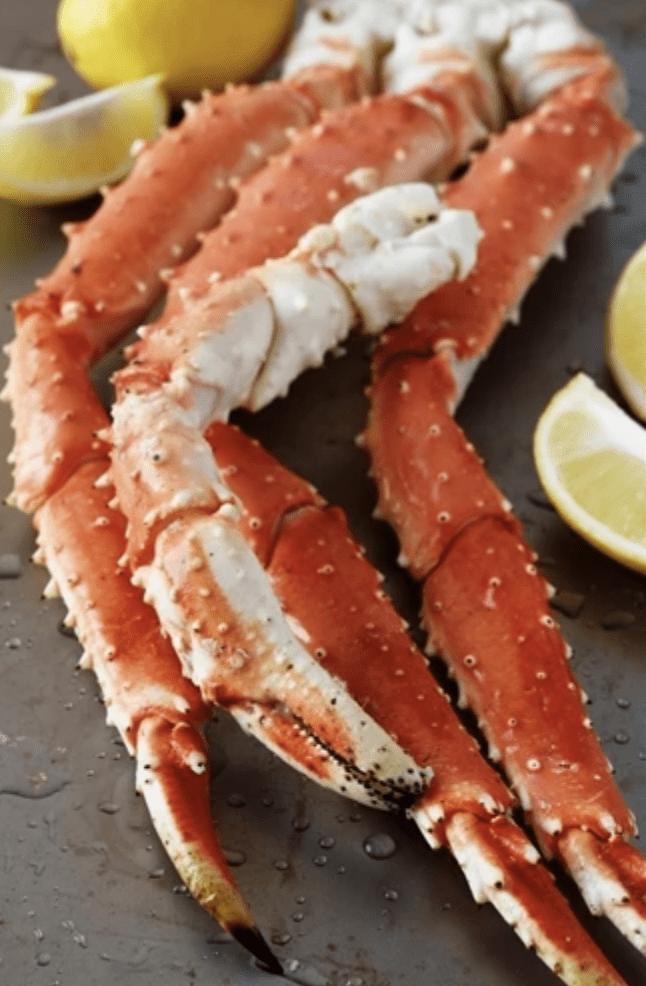
King Crab
Latin name Paralithodes camtschaticus, this giant crab is also often called “Alaskan King Crab,” “Japanese crab,” and “Russian crab” due to its size, which can reach up to 25 lbs and measure up to 10 feet. It may be large, but only about one-fourth is edible, primarily the legs and claws. Only males are harvested. The delicately flavored meat is snowy white with a bright red outer edge.
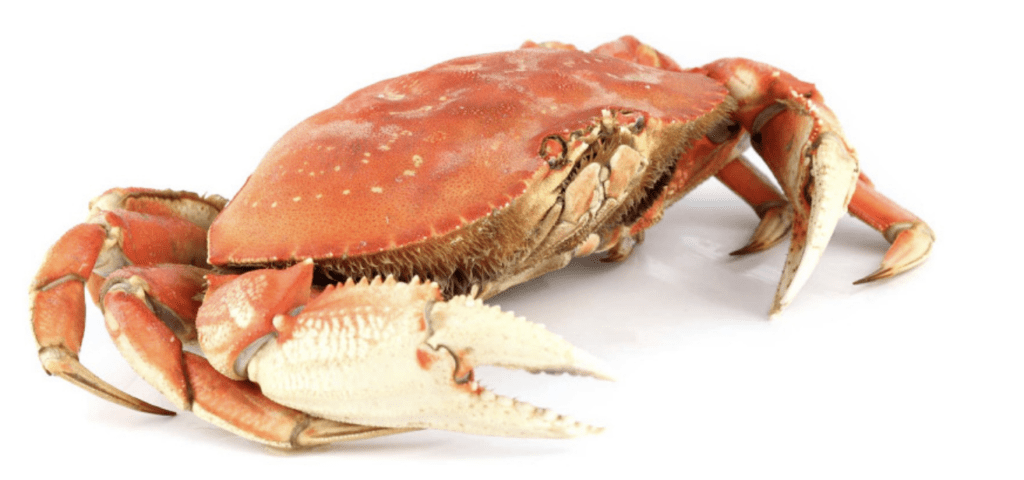
Peekytoe Crab
These are Maine rock or sand crabs which were pretty much a throwaway by-product of lobster fishing before a brilliant marketing move changed their name to “peekytoe crabs” around 1997. They are classified as Cancer irroratus, also known as bay crab and rock crab. There’s lots more to learn about this interesting and popular crab variety.
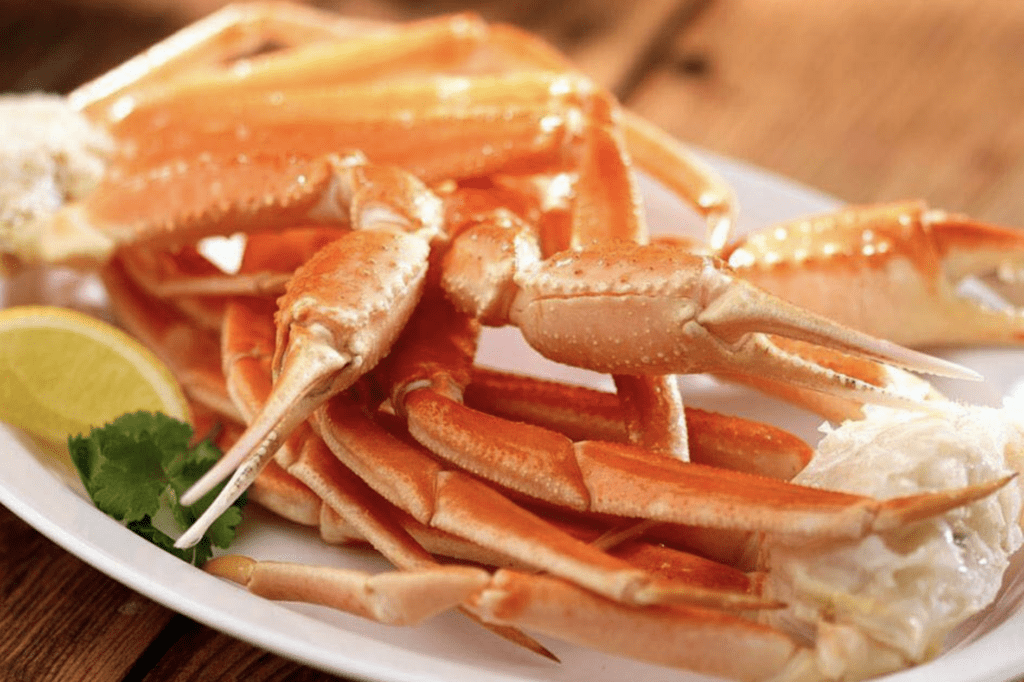
Rock Crab or Snow Crab
Latin name Cancer quanbumi, it is found along the east coast of the U.S., living among rocks and in deep water. Its spindly legs make it resemble a spider, and is also known as “spider crab.” “Snow crab,” (Chionoecetes opilio) “tanner,” and “queen crab” are also known as spider crabs.
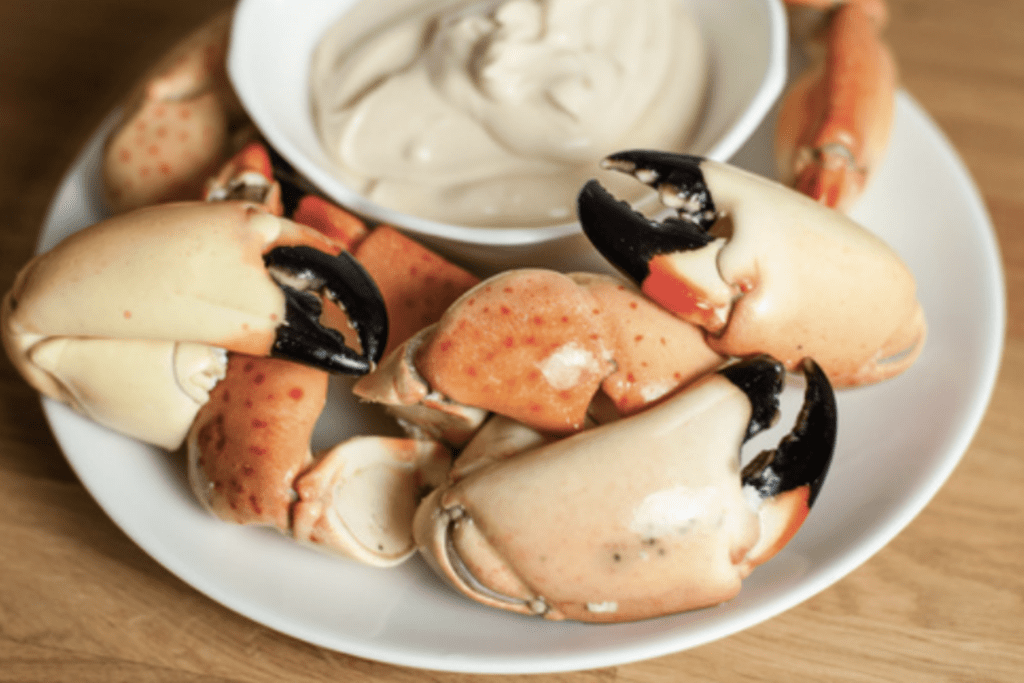
Stone Crab
Latin name Menippe mercenaria, it is also called “moro” or “morro” crab. It has large, very hard claws that are prized for their meat. Most of the harvest comes from Florida, U.S., where it is a prized delicacy harvested from October 15 to May 15. Only the claws are eaten, so fishermen twist off one claw from crabs and toss them back to grow a new one. Crabs will regenerate their claws within 18 months. They are left with one claw to defend themselves. The law requires these claws to be boiled for seven minutes and then either put on ice or frozen. The freezing process seems to remove an unpleasant iodine taste which is often noticed in the meat. To determine which claws have the most meat, they are floated in a tank of water, with the less meaty claws rising and being sold as “lights.” To serve, the claws are cracked with a mallet and served cold with dipping sauces. The minimum size for claws is 2 – 2.75 ounces. The meat has a firm texture and a sweet, succulent flavor.

